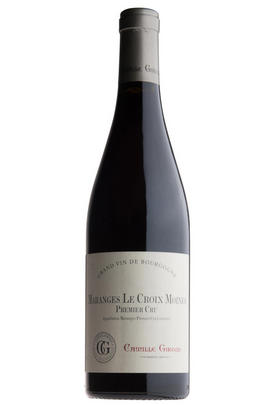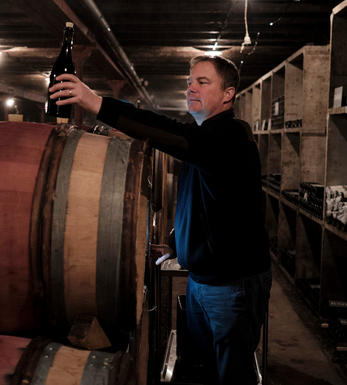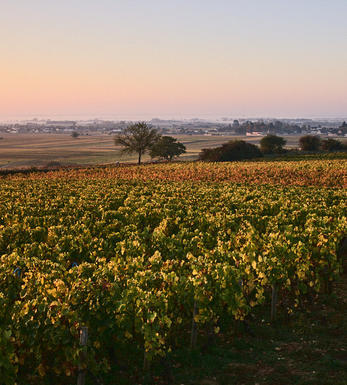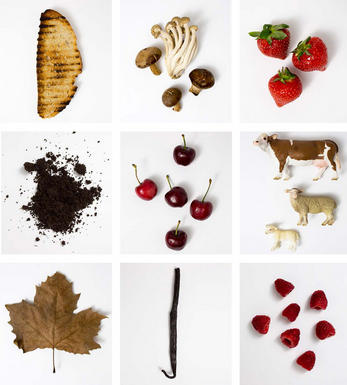
2013 Maranges, Le Croix Moines, 1er Cru, Camille Giroud, Burgundy

About this WINE

Maison Camille Giroud
Established in 1865, Maison Camille Giroud has a rich heritage rooted in Burgundy’s winemaking tradition. Initially a specialist négociant, they sourced wines from esteemed growers across the renowned Côte d’Or region, ageing them meticulously in their cellars for decades to achieve peak maturity.
In 2001, a consortium, including Napa Valley winery owner Ann Colgin and wine investors, took over, aiming to blend tradition with modern techniques and a terroir-driven approach. This led to innovations, like wooden presses and open vats, under the dynamic winemaker David Croix.
Most wines continued to be crafted from carefully selected grapes, many from old vines. Their commitment to natural winemaking practices, including native yeast fermentation and minimal intervention, set them apart.
In 2016, Carel Voorhuis continued the legacy of crafting pure, terroir-driven wines, maintaining Maison Camille Giroud’s reputation for excellence in Burgundy.

Maranges
Maranges is the southernmost wine appellation of the Côte de Beaune and not as well known as it deserves to be for its robust red wines. The AC only came into existence in 1989 with the amalgamation of the villages of Cheilly, Dezize and Sampigny.
- 140 hectares of village Maranges.
- 100 hectares of premier cru vineyards (20 in all). Best vineyards include La Fussière
Though a very small amount of white wine is made, the lion’s share is Pinot Noir – firm, sturdy wines which need a gentle hand to manage the fruit. Normally drunk best at three to five years old.
Recommended Producers:
Contat Grangé, and Camille Giroud who has made a speciality out of Marange wine since 2004

Pinot Noir
Pinot Noir is probably the most frustrating, and at times infuriating, wine grape in the world. However when it is successful, it can produce some of the most sublime wines known to man. This thin-skinned grape which grows in small, tight bunches performs well on well-drained, deepish limestone based subsoils as are found on Burgundy's Côte d'Or.
Pinot Noir is more susceptible than other varieties to over cropping - concentration and varietal character disappear rapidly if yields are excessive and yields as little as 25hl/ha are the norm for some climats of the Côte d`Or.
Because of the thinness of the skins, Pinot Noir wines are lighter in colour, body and tannins. However the best wines have grip, complexity and an intensity of fruit seldom found in wine from other grapes. Young Pinot Noir can smell almost sweet, redolent with freshly crushed raspberries, cherries and redcurrants. When mature, the best wines develop a sensuous, silky mouth feel with the fruit flavours deepening and gamey "sous-bois" nuances emerging.
The best examples are still found in Burgundy, although Pinot Noir`s key role in Champagne should not be forgotten. It is grown throughout the world with notable success in the Carneros and Russian River Valley districts of California, and the Martinborough and Central Otago regions of New Zealand.


Buying options
Add to wishlist
Description
Fine, mid purple with really lovely sunny fruit, raspberry and maybe strawberry, hugely intense yet not weighty, with good acidity behind and perfect balance, very good length indeed. A favourite of ours every year.
Jasper Morris, MW - Wine Buyer
David Croix picked relatively late for his reds, from October 3rd to 16th, but he wisely took the whites in first from 29th September to 2nd October. Overall he has been able to source more wine than for the pitifully small 2012 crop. These are beautiful wines, a marvellous expression of Pinot Noir, suited for medium term keeping.
wine at a glance
Delivery and quality guarantee